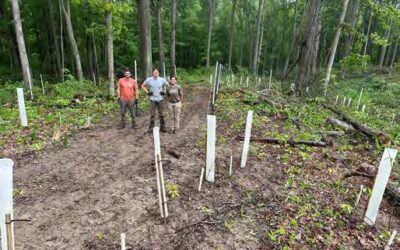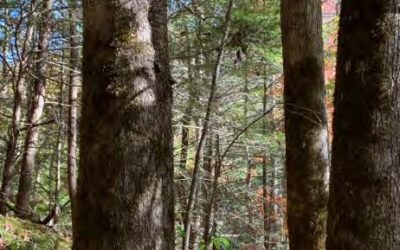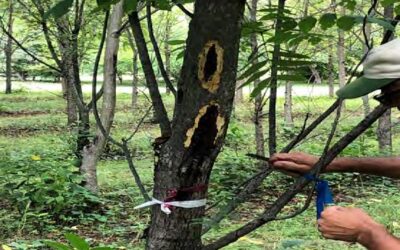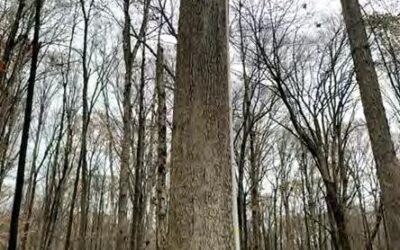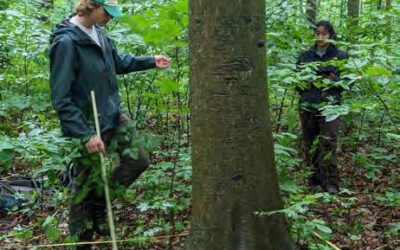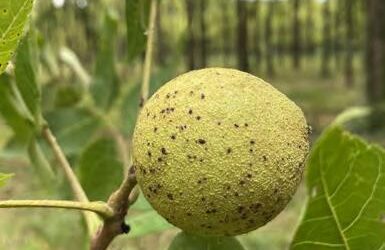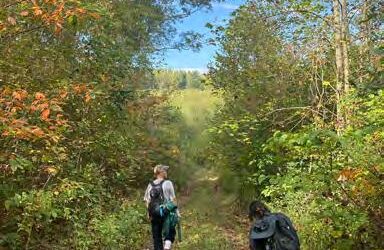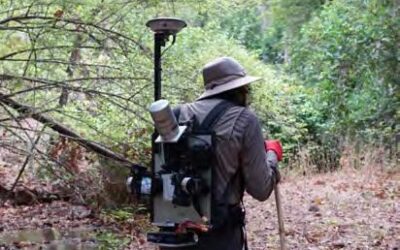Research
Current Projects
Past PROJECTS
Current Projects
This year has been one of meaningful progress for the HTIRC as we expanded our research, Extension and educational efforts to support our mission. With guidance from our executive committee, we funded three new projects in 2024 and continued to support research through our stakeholder-driven, project-based funding model. Since 2019, we have supported more than 20 projects. On this page we highlight progress on nine ongoing projects that align with our strategic objectives and reflect our commitment to addressing stakeholder needs.
Combining Enrichment Planting with Overstory Gaps to Restore Diverse Central Hardwood Forests
Principal investigator: Mike Saunders, professor, Forestry and Natural Resources, Purdue University (msaunder@purdue.edu) Co-authors: Stacy Clark, research forester, USDA Forest Service, Southern Research Station; Don Carlson, forester, Forestry and Natural Resources,...
Impact of Shade on White Oak (Quercus alba) Seedling Development in Variable Light Conditions
Principal investigators: C. Dana Nelson, project leader/research geneticist, USDA Forest Service, Southern Research Station (charles.d.nelson@usda.gov); Ellen V. Crocker, assistant professor of Forest Health Extension, University of Kentucky (e.crocker@uky.edu)...
Resistance to Butternut Cancer Disease: Restoring Butternut to the Eastern U.S.
Principal investigator: Anna Conrad, research plant pathologist, USDA Forest Service (anna.conrad@usda.gov) Co-authors: Douglass Jacobs, Fred M. van Eck Professor of Forest Biology, Forestry and Natural Resources, Purdue University; Aziz Ebrahimi, postdoctoral...
iForester: AI-assisted Smartphone App for Automated Tree Inventory
Principal investigators: Song Zhang, professor, mechanical engineering, Purdue University (zhan2053@purdue.edu); Songlin Fei, professor, Forestry and Natural Resources, Purdue University. Co-authors: Victor Chen, Cheryl Qian, Rado Gazo, Wang Xiang, Zhiheng Yin, Zizun...
Unlocking Butternut Conservation Through Cutting-Edge Science
Principal investigators: Aziz Ebrahimi, postdoctoral research associate, Forestry and Natural Resources, Purdue University (aebrahi@purdue.edu); Douglass Jacobs, Fred M. van Eck Professor of Forest Biology, Forestry and Natural Resources, Purdue University...
Indiana’s Future Forests: Emptied Niche Occupation in an Ash-Less World
Principal investigators: Michael Saunders, professor, Forestry and Natural Resources, Purdue University (msaunder@purdue.edu); Michael Jenkins, professor, Forestry and Natural Resources, Purdue University Co-authors: Christopher Webster, professor, College of Forest...
Better Black Walnut by Breeding without Breeding
Principal investigator: Vikram Chhatre, research geneticist, USDA Forest Service (vikram.chhatre@usda.gov) Co-authors: Keith Woeste, former PI, national program lead for genetics, research and development deputy area, USDA Forest Service; Richard Cronn, research...
Testing efficacy of enrichment plantings for stand regeneration in hardwood forests
Principal investigator: Douglass Jacobs, Fred M. van Eck Professor, Forestry and Natural Resources, Purdue University (djacobs@purdue.edu) Co-authors: Don Carlson, forester, Forestry and Natural Resources, Purdue University; Ron Rathfon, Extension forester, Forestry...
Backpack System for High Resolution Forest Inventory
Principal investigator(s): Ayman Habib, professor, civil engineering, Purdue University, ahabib@purdue.edu; Songlin Fei, professor, Forestry and Natural Resources, Purdue University, sfei@purdue.edu Manual forest inventory is labor intensive and costly. Automation,...
For more details about HTIRC projects view our Annual Report.

